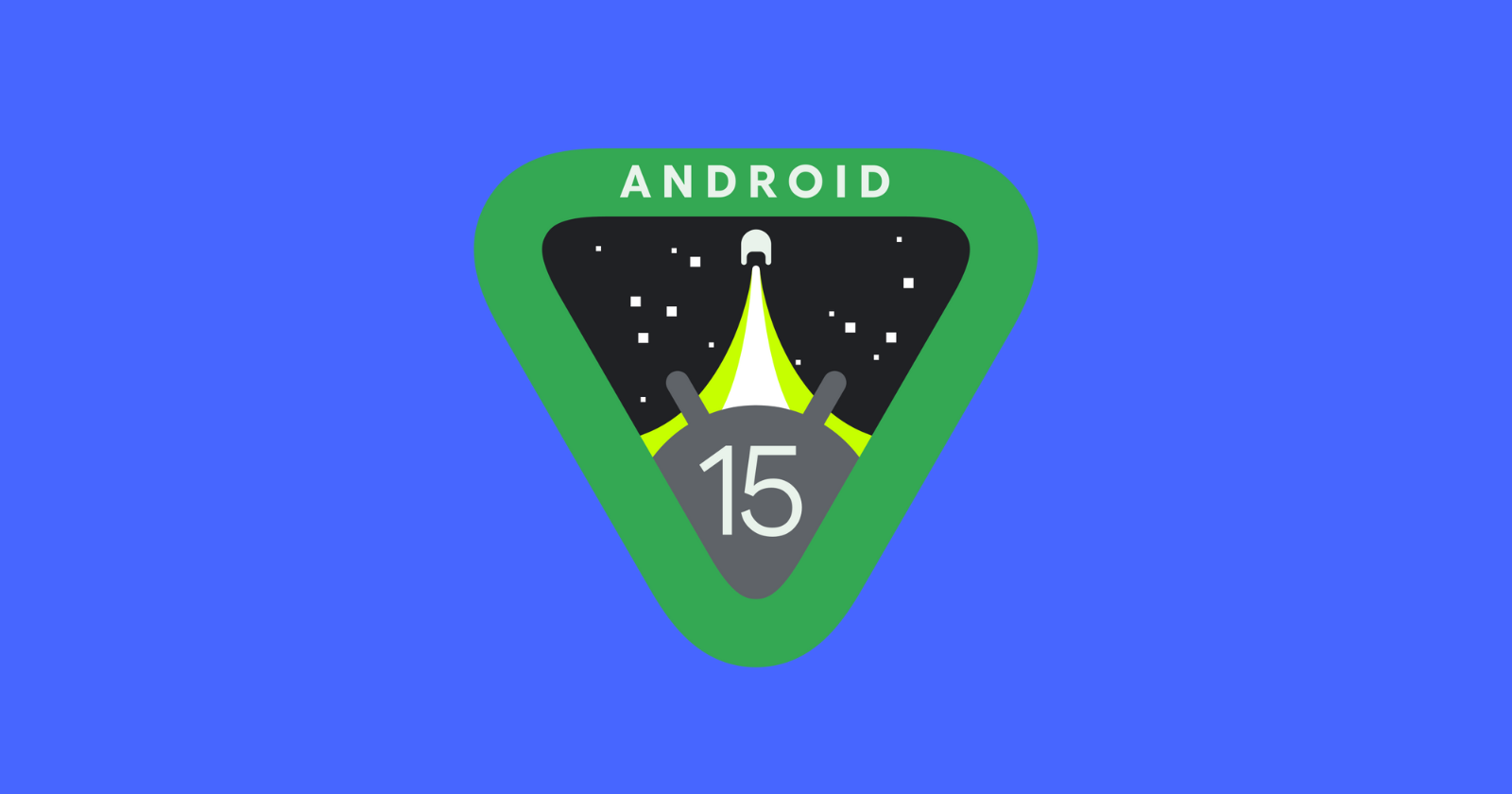Google has dramatically restructured its core teams in a bold move to accelerate the integration of AI across its products. The newly-formed structure will now see Android, Chrome, Chrome OS, Photos, Pixel, Nest, and other key Google offerings merge under the “Platforms & Devices” team. This massive shake-up places the combined teams under the leadership of Rick Osterloh. He was previously in charge of the company’s “Devices and Services” division. Hiroshi Lockheimer, the long-time lead of the “Platforms & Ecosystems” team responsible for Android, Chrome, Chrome OS, and Google Photos, is stepping down to pursue other projects within the Alphabet family.
According to Google CEO Sundar Pichai, there’s a strategic goal behind this unprecedented merger. “To truly drive computing forward, we need to do it at the intersection of hardware, software, and AI.” The company firmly believes this merger will boost innovation and deliver exceptional experiences to users, as stated by Pichai – “higher quality products and experiences for our users and partners.”
Osterloh emphasizes that the focus isn’t to merge Google Pixel with Android. But rather integrating the latest AI models into its vast array of products. Sameer Samat will remain in charge of fostering Android’s expansive device ecosystem.
Faster updates, DeepMind, and Google’s AI ambitions
Osterloh highlights two significant areas where this new structure aims to make a difference. It will facilitate the seamless integration of AI into future camera technologies, similar to the HDR advancements seen in previous Pixel releases. He also envisions the ability to deploy new AI models within existing products far more rapidly. This means users can expect exciting AI-powered features and updates across Android, Chrome, Pixel, and Nest devices at a much quicker pace. This is a major problem today, with the slow rollout of AI features like Circle to Search affecting their reception and adoption. Google is also streamlining decision-making processes to ensure this newfound agility translates to tangible results.
Google DeepMind, the company’s AI powerhouse, will play a critical role in this new era of innovation. DeepMind will now centralize all major AI model development, streamlining access for other Google teams building consumer-facing AI experiences. Additionally, Google is strengthening its ethical AI practices. Its “Responsible AI” teams are now part of DeepMind to ensure AI advancements remain safe, accurate, and unbiased.
While immediate consumer-level changes may not be apparent, this reorganization signals a future where AI will become the driving force behind many Google products. We can anticipate an exciting cadence of AI-powered updates and new features. Google has staked its claim as a definitive leader in the AI space, and the coming years promise to be transformative.


